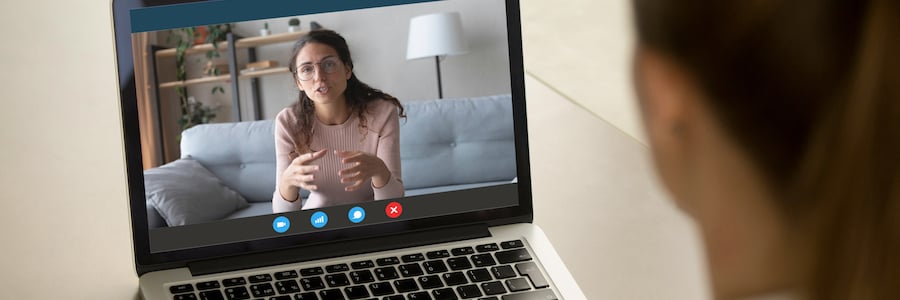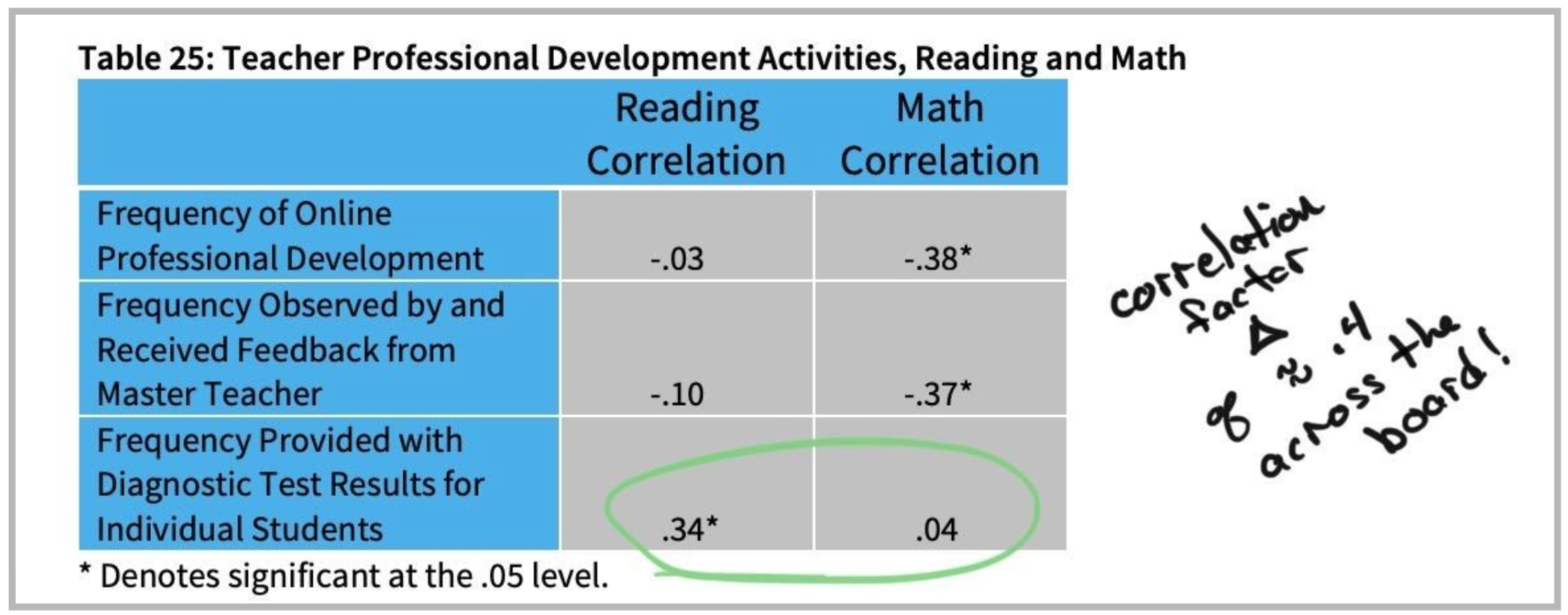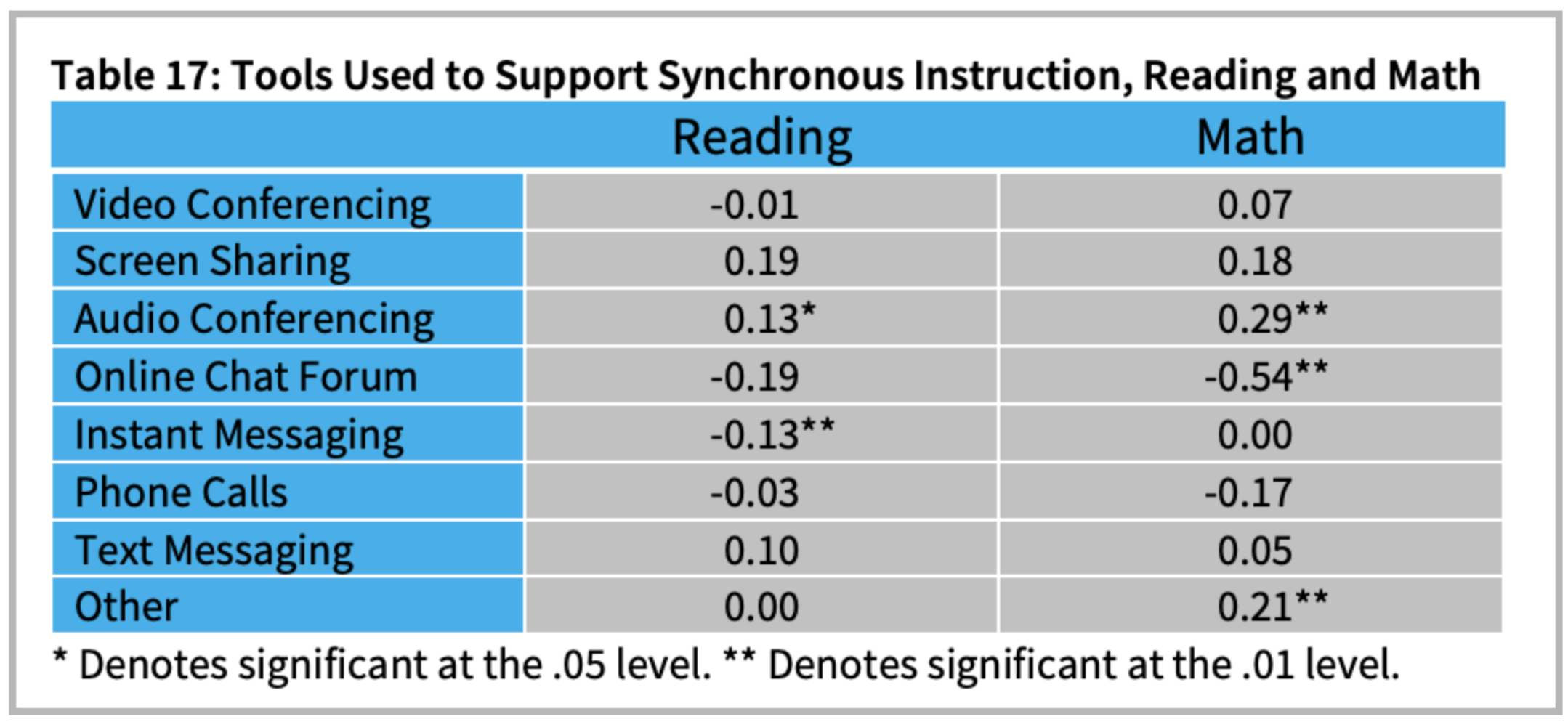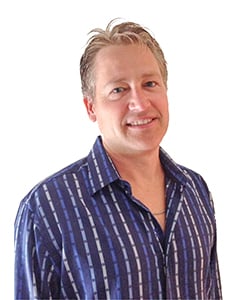
Lessons Learned from Remote Programs for Continuity of Learning
Professional Development | Virtual Learning
Research matters! When developing your Continuity of Learning (CoL) plans there are many things that feel logical and natural. In looking at historical data from recent studies surrounding remote/virtual learning, there are several elements that, at face value, seem both natural and logical, but in reality, may not be in your students’ best interest.
Use digital curriculum from research-backed sources
The majority of districts, in an attempt to utilize existing resources, expect their teachers to design online learning activities for students, which is very logical and natural as our Classroom Teachers have been “lesson planning” for their entire careers.
However, the following data from a 4-year study by the Center for Research on Education Outcomes at Stanford University (CREDO) shows that as skilled as classroom teachers may be at “instructional practices”, they have not been adequately educated on designing effective digital lessons/curriculum.

The common assumption that Classroom Teachers should design digital curriculum or remote learning resources is contradicted by the data. It is actually showing a negative correlation between learning and the use of content developed by the “teacher of record”. A positive correlation between digital curriculum and learning becomes evident once the teacher is provided curriculum and instructional resources that were designed and developed with specific research-backed strategies in mind by curriculum professionals.
Professional development with diagnostic student data
A second natural and logical assumption is that our teachers need more PD to be effective when working with our students remotely. We all know the long-term value of an effective PD plan, but when we look at the results from the CREDO study, we see data that may hint towards a more immediate and effective strategy for your Continuation of Learning plan.

The study examined the correlation between the amount of teacher PD and its impact on student learning. Ironically, we see that more PD didn’t correlate to more learning in a virtual environment but providing teachers with a higher frequency of diagnostic information did. So how do you get the most “bang for your buck” during remote learning? By providing your teachers with individualized diagnostic data more frequently so that they can use their existing instructional training and experience to provide focused instruction for the students that need their support the most.
The previous two data sets show that it will likely prove more effective for your CoL (Continuity of Learning) plan to provide teachers with a research driven digital curriculum that is designed to provide a higher frequency of diagnostic and formative data. As a result, teachers can spend more time delivering focused instruction versus spending their time building lessons and experimenting with newly learned strategies. By focusing on our traditional teaching staff’s strengths and expertise we create a more fluid learning experience for both teachers and students as we transition between school and remote learning environments.
Let’s briefly examine one more interesting data summary that relates to a conversation point in most District’s Continuation of Learning plans - synchronous opportunities!
Evidence-based synchronous considerations
The CREDO report also included research on which synchronous methods had the largest impact on student learning over the 4-year study.

I’ll let you determine which methods are best for your District, but the data clearly identifies that being able to Screen Share and Audio Conference result in the highest positive correlation to learning. Naturally, we want to simulate our traditional environment as much as we can, so we logically want video conferencing. Video conferencing, where students and teachers are on camera, may not add nearly as much value as it does risk when you think of the distractions, inappropriate behavior/dress, etc. that can be witnessed without any District oversight or control.
Note that this study shows that Text Messaging is being used as an effective learning tool as well…it makes me wonder what other in-class learning strategies we can create that make cell phones a teaching tool instead of a distraction?!
The learning landscape has changed in many ways, and it will continue to shift as educators look for new ways to reach their students. Now, more than ever, is the time to identify existing best practices to pinpoint the most effective strategies and capitalize on the strengths of your staff to support your Continuity of Learning plans.
About Ray Rozcyki
Ray Rozycki is the CEO of Spider Learning and a former educator. Spider Learning is a curriculum provider focused on the blended learning classroom. Their mission is to empower the art of teaching, by applying the science of learning. Learn more at spiderlearning.com or reach out to info@spiderlearning.com.


